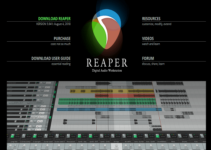Galileo was the first who realized the possibility of using a spyglass that already existed by that time for observation of celestial bodies. The increase, provided by his optical device, was only threefold, but it was enough to start rapid technological progress: after six months, the scientist achieved an eightfold increase, and a little later – 32-fold.
In the process of the development of optics and technology, it became clear that the size of the lens is crucial for the multiplicity of magnification and image quality. Now telescopes used by professional space explorers are real giants. For example, in the Atacama Desert in Chile, a 39.3 m diameter structure is being built, which is called the European Extremely Large Telescope.
But ordinary lovers of the starry sky cannot be satisfied with an increase of only 32 times, as it was with Galileo. Even children’s telescopes of compact sizes can have a multiplicity of useful increase up to 100! And the usual production models for people who study space have an increase of 200 times while demonstrating a high-quality picture with almost no distortion.
Things to Consider when Buying a Telescope to See Stars
Table of Contents
The main thing to consider when buying such a device: a good telescope for astronomy is the one that is often used. Much depends on the observer. And skills, as you know, come with experience. Therefore, it is not worth buying an expensive model at once with a huge lens and a complex mount. It is advisable to consider a few simple selection criteria:
- Purpose of the device: to observe the celestial bodies of the solar system, deep space or astrophotography. Based on this, the optics and its parameters are selected.
- Standby or portable.
- Type of the mount: azimuth or equatorial. The first option is simpler and more reliable, the second will suit advanced astronomy lovers.
- Type of guidance – manual or automated.
Of course, high-quality optics and reliable instrument mechanics are crucial. Therefore, our review of the best telescope models contains only well-proven telescopes of time-tested manufacturers. When choosing the best models of the telescope for planets and galaxies for the rating, several important points were taken into account:
- value for money;
- a reputation of the manufacturer;
- feedback from amateurs and professionals in specialized forums;
- recommendations of authoritative astronomical publications, the results of specialized contests.
TOP 5 Telescopes for Different Users
Of course, choosing the best telescope for astronomy from the numerous offers on the market is quite difficult. But to facilitate this task we created this rating. We hope that it will help you find the most suitable model for you.
1. Best Telescope for Astronomy for Children: Levenhuk Strike 60 NG
A telescope from Levenhuk can be the perfect educational tool for a child who enjoys astronomy. In addition to the telescope and eyepieces directly, the kit includes a detailed guide explaining stars to children. From it, the child can learn about 280 of the most fascinating and interesting celestial objects. In addition, along with the telescope, you will receive bright posters with the image of stars and planets, which are incredibly easy to learn, and a disk with a virtual planetarium.
Levenhuk Strike 60 NG is very light and easy to use, as it is designed specifically for novice astronomers. The tripod is adjustable, which allows you to position the telescope at a comfortable height for the child. Levenhuk Strike 60 NG does not require pre-configuration, you can use it immediately after unpacking. High-quality lenses with a special anti-reflective coating allow you to get a bright and contrast image. Thanks to the seeker, which is also included in the kit, the child will cope with the search for objects in the sky. This telescope for teenager can be used both at home and on the street or outside the city.
2. Best Astronomy Telescope for Beginners: Celestron AstroMaster 90 EQ
This refractor telescope is suitable for both adults and children. With it, one can observe earth objects and stars. The Astro Master series of telescopes successfully combines quality and a set of necessary accessories.
All optical elements of this telescope are made of glass and equipped with special coatings. It allows not only considering the brightest space objects, but also distant ones. Celestron AstroMaster 90 EQ gives you the opportunity to view objects 13 times smaller than those that can be seen with the naked eye. The diameter of the telescope lens is 90mm, and the focal length is 1000mm.
The kit of Celestron AstroMaster 90 EQ telescope includes 2 eyepieces, giving magnifications of 50 and 100 times. Built-in StarPointer finder will help you identify objects. For convenient installation, the telescope is also provided with a tripod with a shelf for accessories.
Well, especially for starters, astrologers TheSky X planetarium program is included, the database of which allows accessing more than 10,000 objects. In addition, you can print star maps.
This telescope is perfect for learning and first steps in astronomy, and will not become obsolete when further studying space.
3. Best Telescope for Space Lovers: Bresser Messier NT-130/1000 (EXOS-1)
Bresser Messier NT-130/1000 is an excellent telescope for lovers of observing celestial bodies. 130mm is the telescope aperture, and 1000 is the minimum focal length.
This device is equipped with a 26mm Plössl wide-angle eyepiece, which provides a 36-fold increase and allows you to view the surface of the moon, and deep space objects. Quality glass lenses with a multi-layer coating ensure that the image is clear and sharp.
Bresser Messier NT-130/1000 is also suitable for astrophotography – you can attach a DSLR camera to it and enjoy shooting.
Do not make mistakes, this telescope can suit beginners too, but it cannot be called a budget model, and the specifications are designed for those who plan long-term observation of the stars.
The tripod of the telescope is made of stainless steel, so it is ideal for outdoor surveillance. In addition, it is very stable and suppresses vibrations, which makes it incredibly convenient, and the process of observation is quite simple.
Bresser Messier NT-130/1000 is a great choice for an astronomy lover.
4. Best Telescope for Advanced Users: Levenhuk Strike 1000 PRO
For those who have long been fascinated by space and prefer more advanced technology, Levenhuk Strike 1000 PRO will be an excellent choice. With this telescope, you can observe planets and deep space objects outside the solar system. The focal length of this telescope is 1300mm so that you can examine the surface of the moon in detail, see star clusters and nebulae.
The brightness and contrast of the image are provided by a lens whose aperture is 102mm. In addition, a telescope can be mounted with an SLR camera to take pictures of space objects.
The kit includes a 2-fold Barlow lens, a Plössl 6.3mm eyepiece, a set of filters – color, solar and moon, and a telescope case.
Thanks to its mirror-lens design, the telescope provides excellent image quality. And with a strong and stable tripod, you can use the Levenhuk Strike 1000 PRO outdoors even on uneven surfaces.
5. Best Telescope for Professionals: Meade 8 “LX90-ACF
The highest-class telescope is designed for true fans of astronomy. If you love space for a long time and have seen enough of the stars through other telescopes – this is a godsend for you! With Meade 8 “LX90-ACF, you can organize a real home (or field) observatory.
The optical scheme of this telescope stands out among its analogs – this is a modified Schmidt-Cassegrain scheme with corrected coma aberration. In other words, the telescope is based on the most advanced optical scheme to date.
The light diameter of this telescope will allow you to easily monitor objects in deep space.
A separate advantage that will please the user is the ability to start observing immediately after unpacking – the telescope does not require assembly and additional installation or configuration.
Meade 8 “LX90-ACF is assembled from quality parts, so just imagine all those high-quality pictures you can get with this telescope!
How to Choose an Amazing Telescope
When buying a telescope for astronomy, it is recommended to familiarize yourself with the following selection criteria:
- Installation location. To use the telescope on a balcony or in a room in a city apartment, you must choose a model for close studies, since you will not be able to see distant objects because of the night lighting of city streets. Outside the city, where the sky is darker, you can use a telescope with a strong approximation of objects. If frequent moves are planned to observe the sky from different points, you will need the best travel telescope for astronomy with a simple assembly and installation mechanism, convenient for placing in the trunk of a car.
- Main characteristics. First of all, it is the diameter of the lens or aperture and focal length. The larger the aperture is, the better the visibility will be. For the townspeople, it is enough 120-150 mm. Observation of remote constellations will require a lens diameter of at least 200 mm. The maximum aperture is 406 mm.
- Mount. It is designed to fix the structure. The main ones are equatorial, azimuthal and Dobson systems, each designed for specific operating conditions. Azimuth mount is recommended for the study of ground objects, it has a simple design and is designed for beginners. The equatorial system helps to get high-quality photographs, direct the technique along the coordinates and find dull celestial bodies. Dobson mount is a simplified version of the azimuth device.
Types of Telescopes
The amount of binocular astronomy devices designed to monitor the night sky is very different. Among the existing types of the telescopes, there are such as:
- optical (telescopes designed for satellite observation, coronagraphs, astrophysical and general-purpose);
- radio telescopes;
- Newtonian telescopes;
- infrared;
- X-ray.
In turn, there are different types of optical telescopes. They are divided into three types:
- refractors;
- reflectors;
- mirror-lens.
The principle of operation of a refractor telescope for astronomy is concluded in collecting light by a two-glass lens and focusing the received beam at one point. The same thing happens in reflectors. Only instead of a lens, their design provides for a concave mirror. The combination of these two elements is used in catadioptric telescopes. These are models of a mirror-lens type that allow the use of shorter portable tubes.
Even with a budget that does not reach five hundred US dollars, many models of all three types can be purchased on the market for these products. Which telescope is better to choose? Everything will depend on the purpose of the acquisition. So, refractors will perfectly manifest themselves in cases where the observation will be carried out on the brightest objects such as the Moon, as well as the planets of the solar system.
Anyone who decided to watch the galaxies and dim nebulae, reflectors are more suitable. They will gather more light and do an excellent job with those hazy objects that are far from our solar system. An amateur to travel with a telescope will need a versatile compact device that can be easily taken with him on fishing and on vacation, as well as installed on any site outside the city. The best choice will be a mirror-lens type. Those who seek to find the answer to the question of how to choose a telescope, it is important first of all to understand its basic technical characteristics.
Which Telescope is Better to Buy?
If finances allow, it is best to get a mirror-lens telescope, which is universal and produces the highest quality picture. You can choose a refractor to observe ground objects, and a reflector will help a lot in studying deep space. Remember, however, that the greater the focal length is, the more noticeable the increase will be.
The most convenient option is a device with a floor mounting method and a long tripod, which should stand stably on the surface. Desktop models are well suited for frequent shipments.
Author’s Bio: Alex Green is a freelance writer with an engineering background from Los Angeles. Most of his time Alex devotes to the astronomy. Now he is sharing knowledge with others.


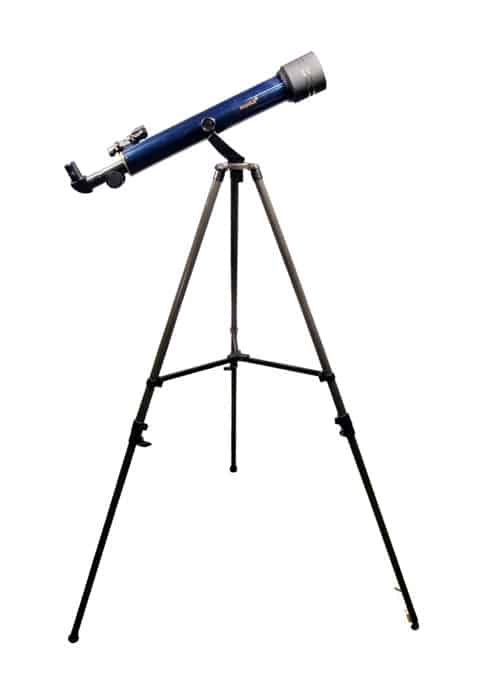
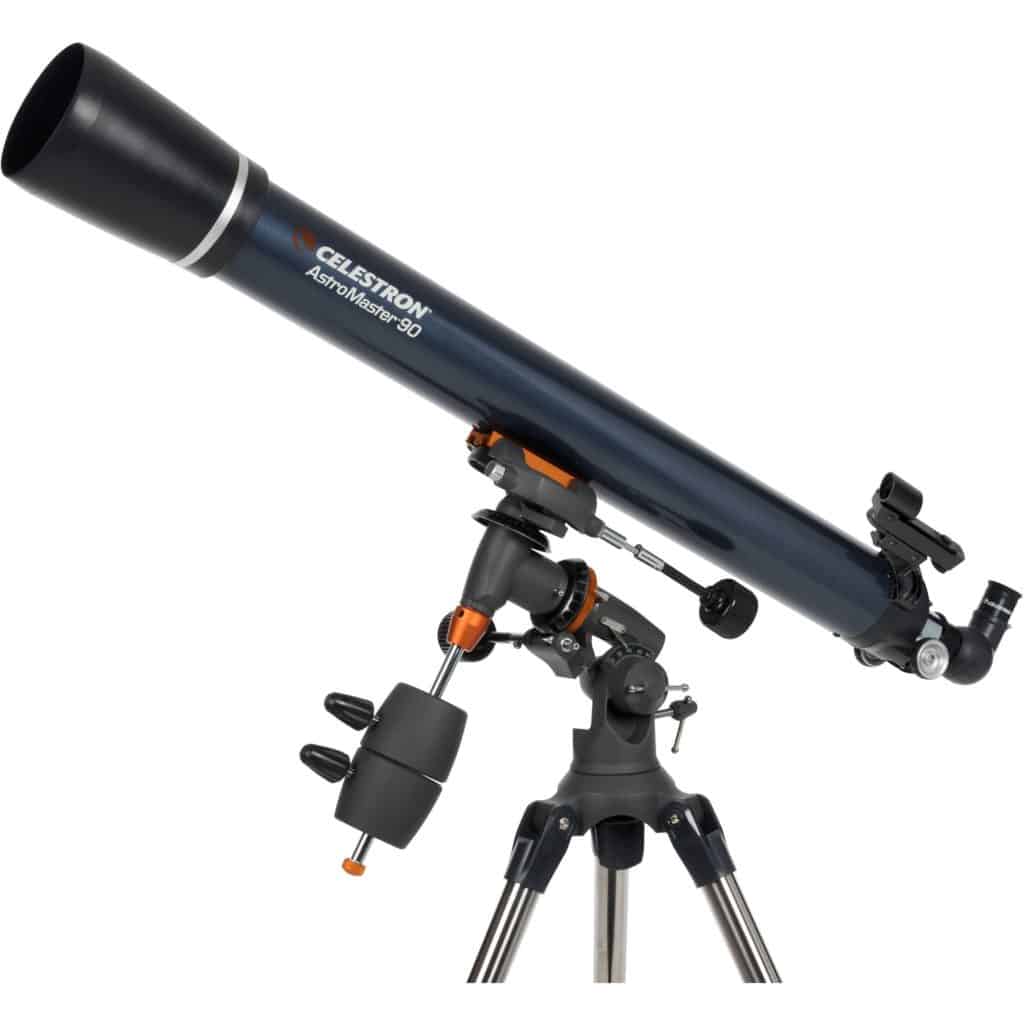
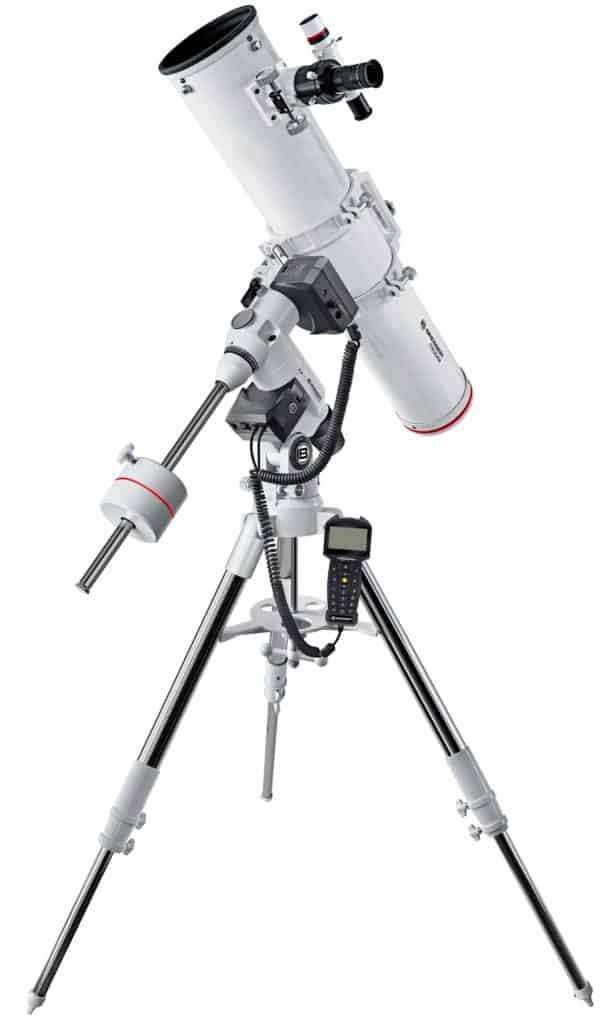
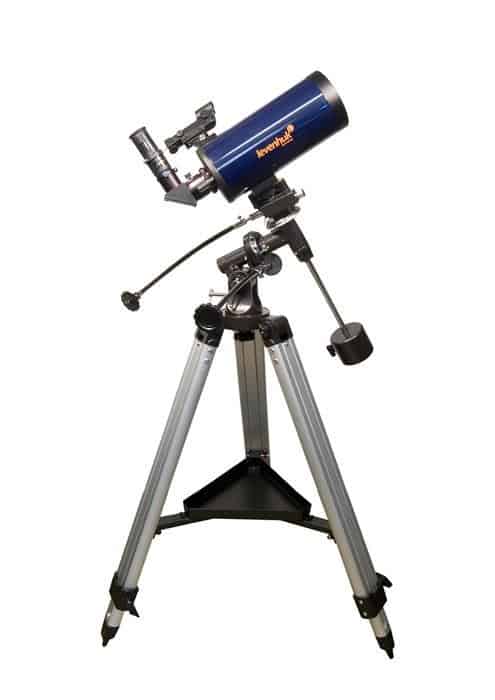


![13 Best Karaoke Software For Windows and Mac For Music Lovers [2022]](https://www.stacktunnel.com/wp-content/uploads/2018/11/KJams-211x150.png)
